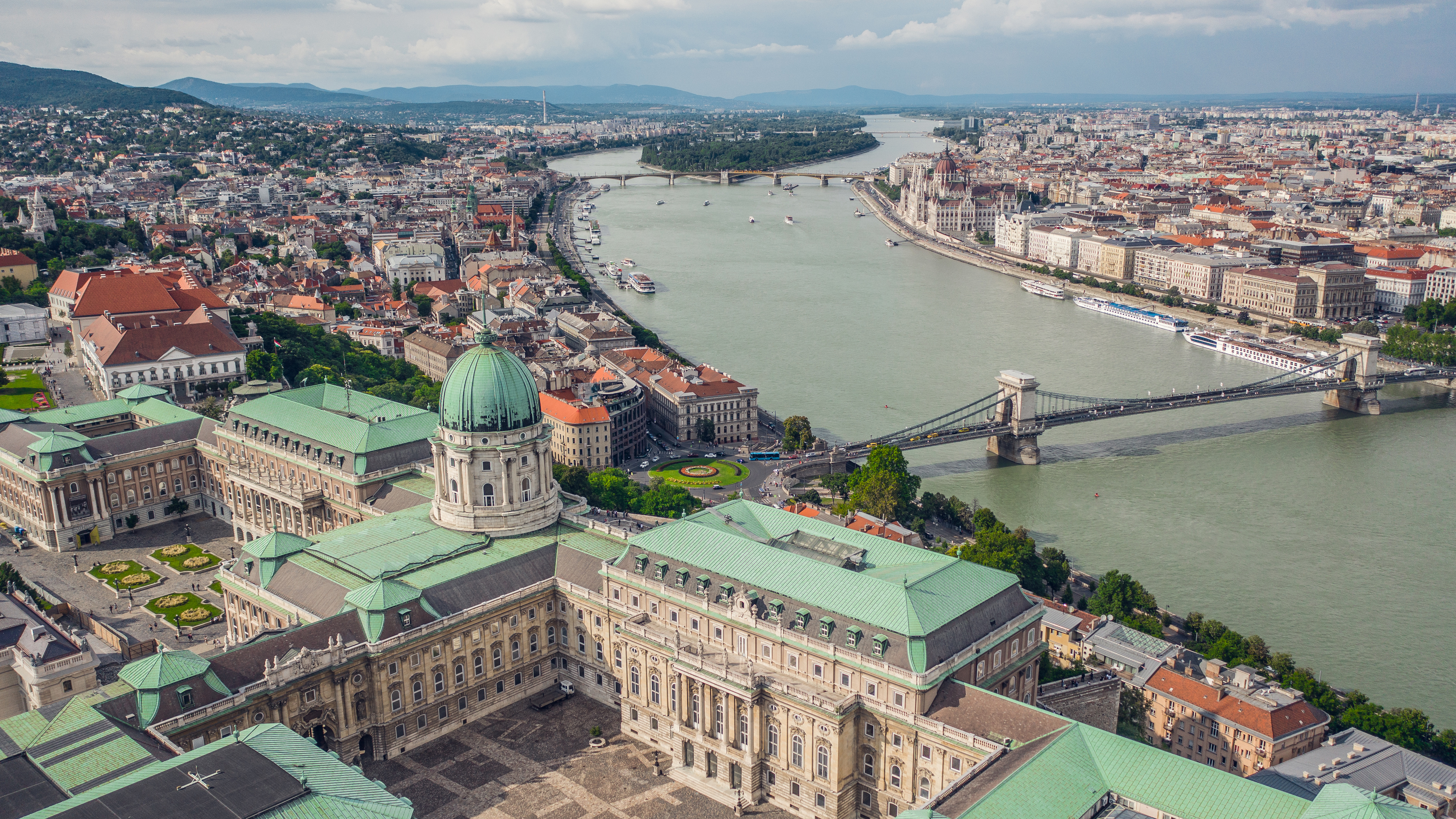14 Gravity-Defying Cities Perched on Cliffs and Mountainsides
The world is full of wonders, but few can match the breathtaking allure of cities that cling precariously to cliffs and mountainsides. These architectural marvels not only defy gravity but also offer a unique blend of natural beauty and human ingenuity. Imagine narrow streets winding up steep inclines, buildings perched on the edge of precipices, and panoramic views that stretch to the horizon. These cities are a testament to human resilience and creativity, having been built in locations where most would fear to tread. They offer a glimpse into the past, where strategic positioning was as much about defense as it was about the stunning vistas. As we embark on this mesmerizing adventure, we invite you to explore 14 of the most captivating cliffside cities in the world, each with its own story and secrets waiting to be discovered. From ancient fortresses to modern metropolises, these cities reveal breathtaking wonders at every turn, promising an unforgettable journey through time and space.
1. Santorini, Greece: The Jewel of the Aegean
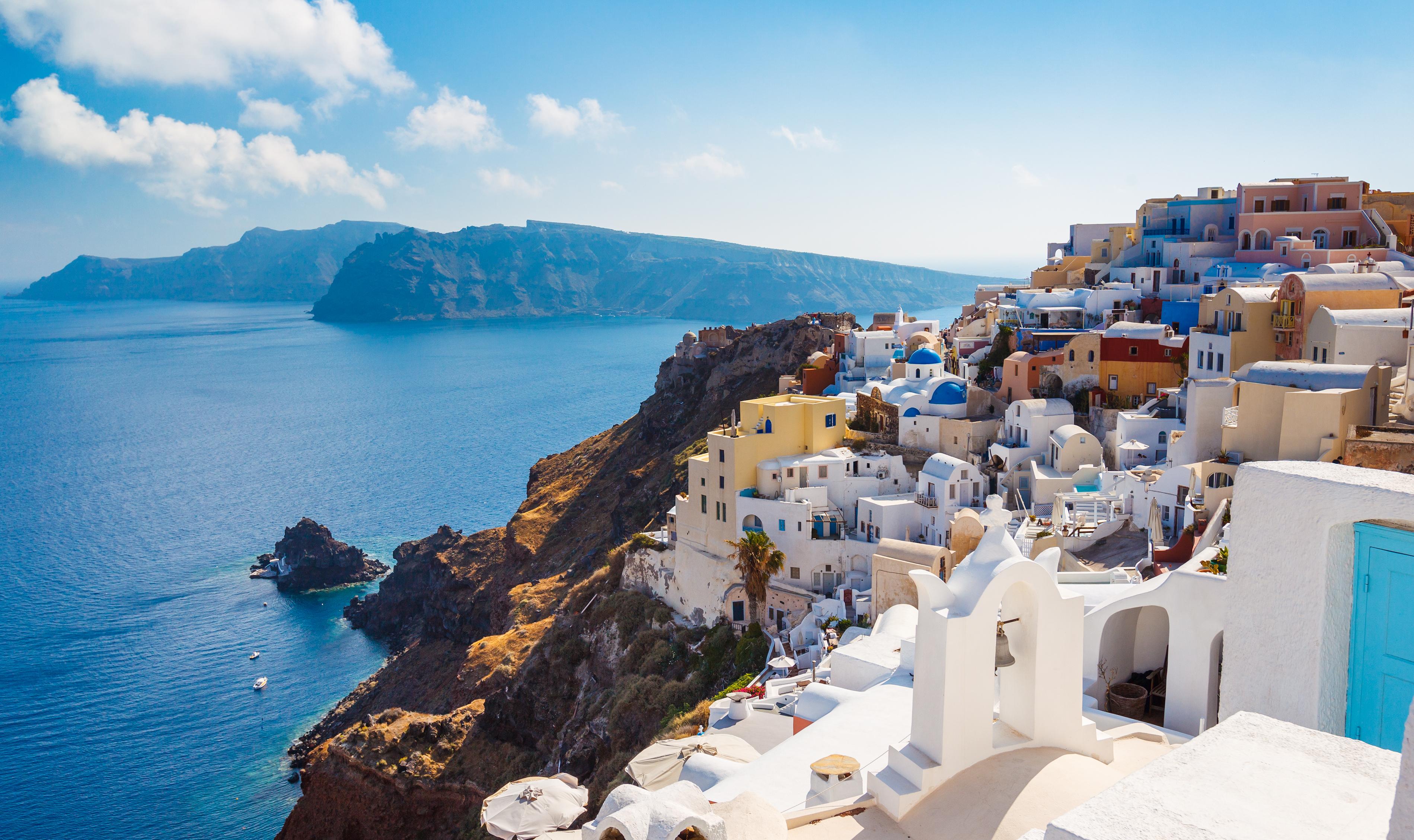
Santorini is perhaps the most iconic of all cliffside cities, with its white-washed buildings and blue-domed churches cascading down the caldera's edge. This Greek island is a geological masterpiece, formed by a massive volcanic eruption that left a crescent-shaped island with steep cliffs plunging into the azure sea. The architecture of Santorini is a harmonious blend of Cycladic tradition and the island's unique topography. The narrow, winding streets of towns like Fira and Oia offer breathtaking views of the Aegean Sea, especially at sunset when the sky is painted in hues of orange and pink. Beyond its beauty, Santorini is steeped in history, with ancient ruins and archaeological sites that tell the story of its rich past. Visitors can explore the remnants of Akrotiri, a Minoan settlement preserved in volcanic ash, offering a fascinating glimpse into life on the island thousands of years ago.
2. Ronda, Spain: A Bridge Between Two Worlds
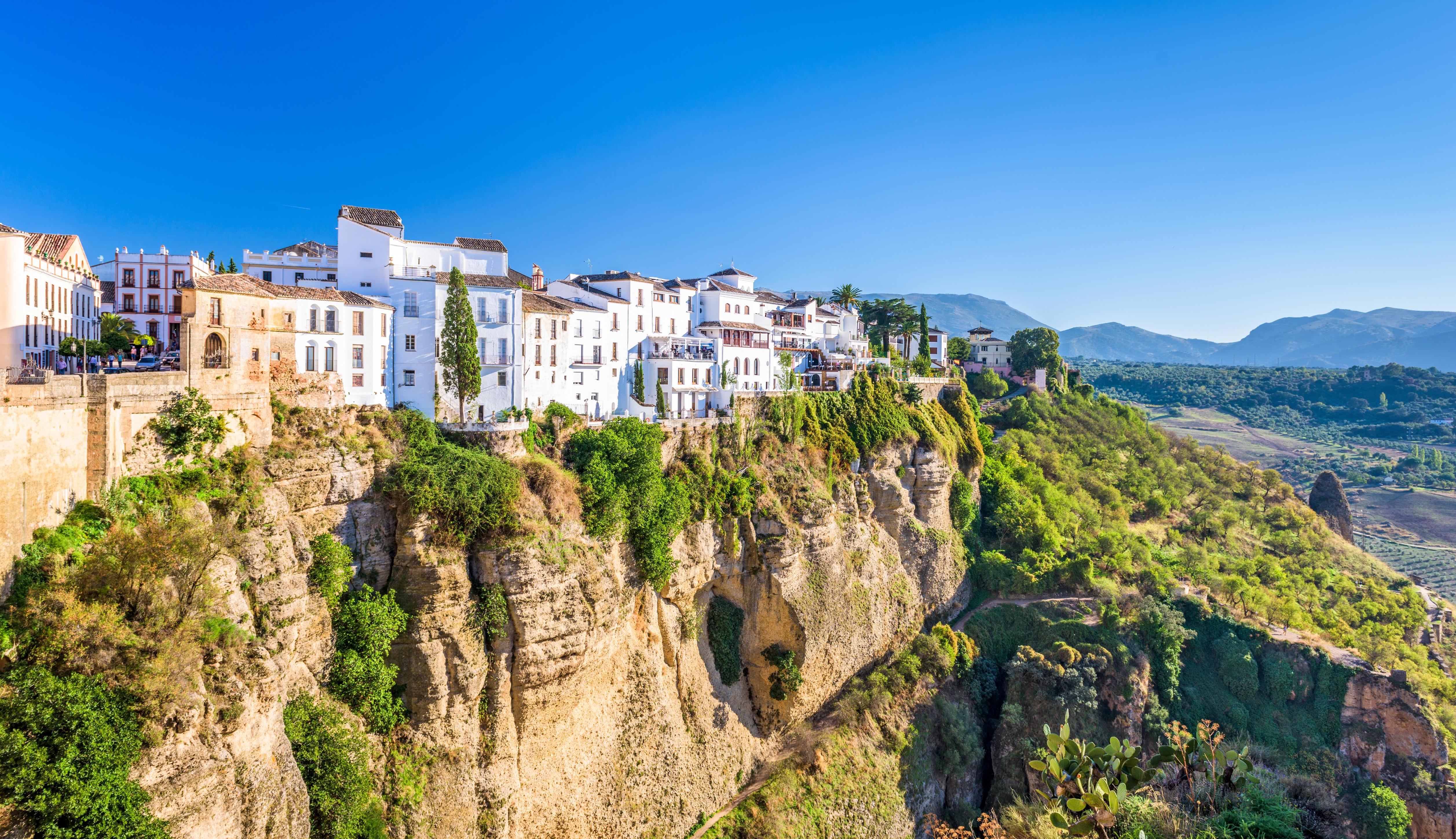
Perched atop a dramatic gorge in Spain's Andalusia region, Ronda is a city that captivates with its dramatic setting and rich history. The city is split in two by the El Tajo gorge, with the iconic Puente Nuevo bridge connecting the old town, La Ciudad, with the newer, more modern Mercadillo. This architectural feat took over 40 years to complete and stands as a testament to the city's enduring spirit. Ronda's history is as steeped in legend as its cliffs are steep, with tales of bandits and bullfighters adding to its mystique. The city's Moorish past is evident in its architecture, with the Arab baths and the Palacio de Mondragón offering a glimpse into its Islamic heritage. Today, Ronda is a haven for artists and writers, drawn by its stunning landscapes and the timeless allure of its streets.
3. Positano, Italy: The Vertical Village
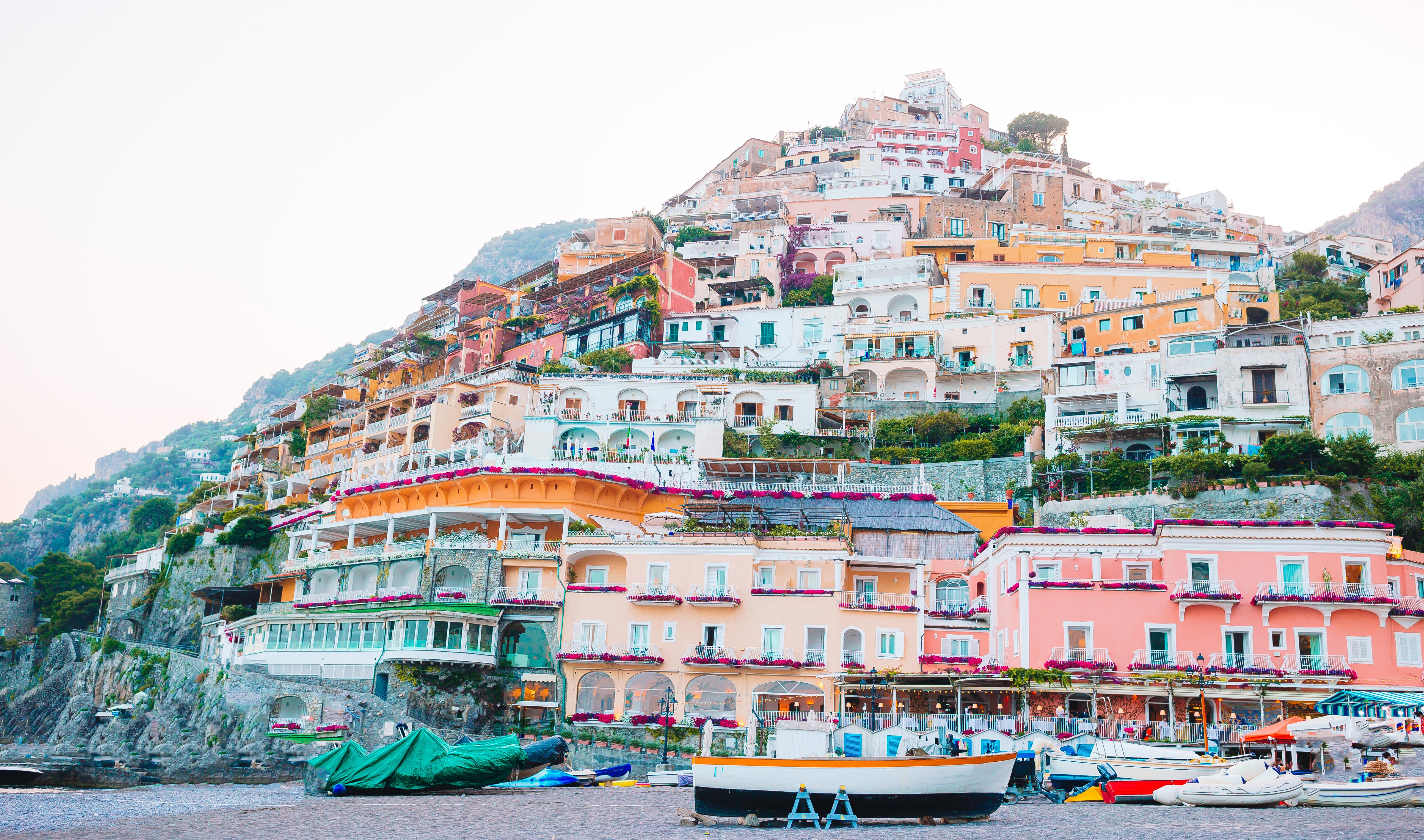
Nestled on the Amalfi Coast, Positano is a picturesque village that appears to tumble down the cliffs into the Tyrrhenian Sea. Its pastel-colored houses and narrow, winding streets create a vertical labyrinth that is as enchanting as it is challenging to navigate. Positano's charm lies in its ability to blend natural beauty with the allure of Italian culture. The village has long been a playground for the rich and famous, with its luxury boutiques, fine dining, and stunning beaches. Yet, beyond the glamour, Positano retains a sense of authenticity, with its vibrant local community and rich traditions. Visitors can explore the historic Church of Santa Maria Assunta, with its iconic dome, or take a boat trip to the nearby islands of Li Galli, steeped in myth and legend. Positano is a place where every corner reveals a new vista, a new story, and a new adventure.
4. Machu Picchu, Peru: The Lost City of the Incas
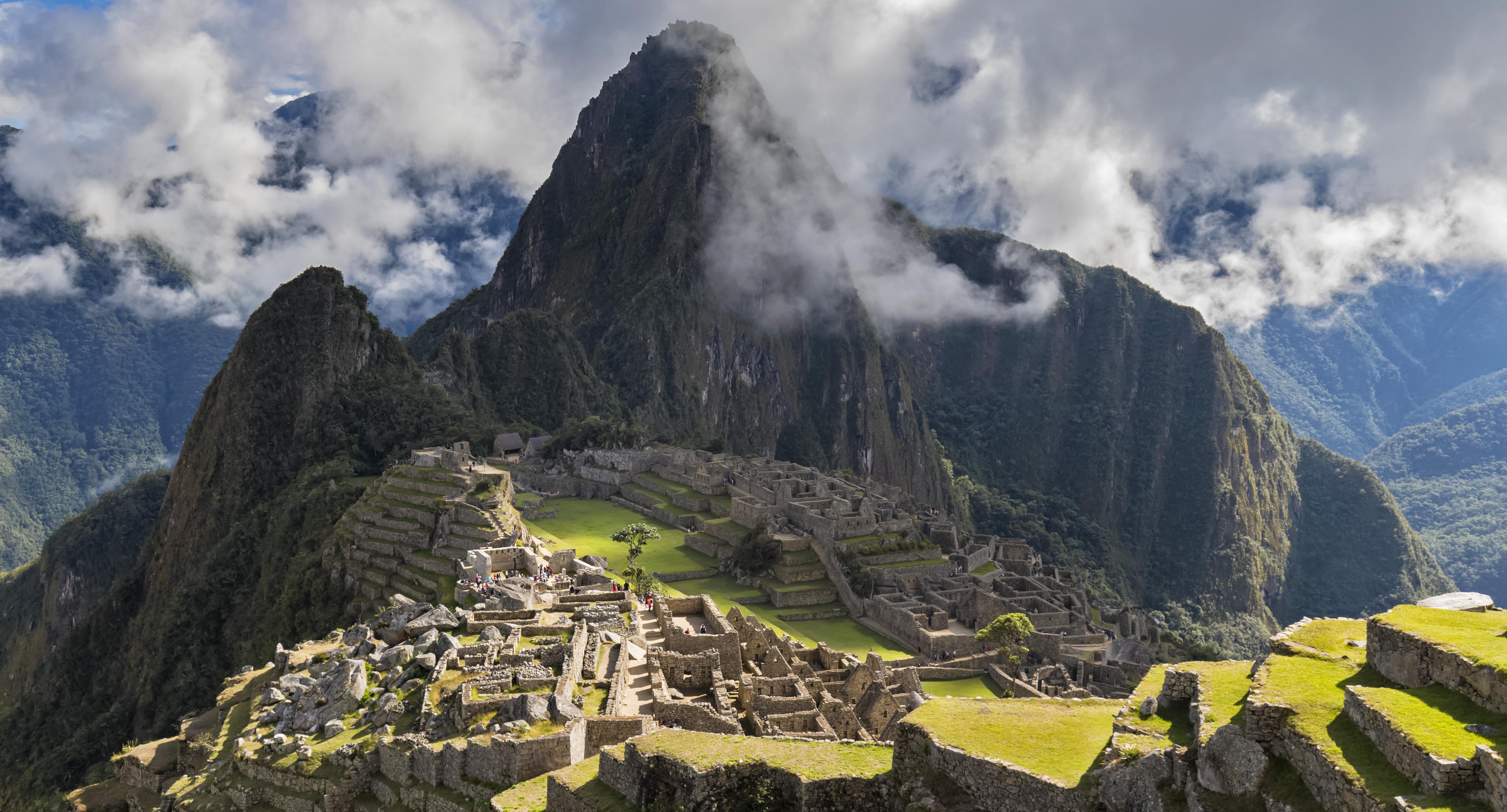
High in the Andes Mountains, Machu Picchu is a testament to the ingenuity and vision of the Inca civilization. This ancient city, perched on a mountain ridge above the Sacred Valley, is one of the most iconic archaeological sites in the world. Built in the 15th century and later abandoned, Machu Picchu was rediscovered in 1911 and has since captivated the imagination of adventurers and historians alike. The city's precise stonework and sophisticated terracing demonstrate the Incas' mastery of engineering and agriculture. Visitors can explore the Temple of the Sun, the Intihuatana stone, and the Room of the Three Windows, each offering insight into the spiritual and cultural life of the Inca. The journey to Machu Picchu is as much a part of the adventure as the destination itself, with the Inca Trail providing a challenging but rewarding trek through stunning landscapes.
5. Hallstatt, Austria: A Fairytale on the Lake
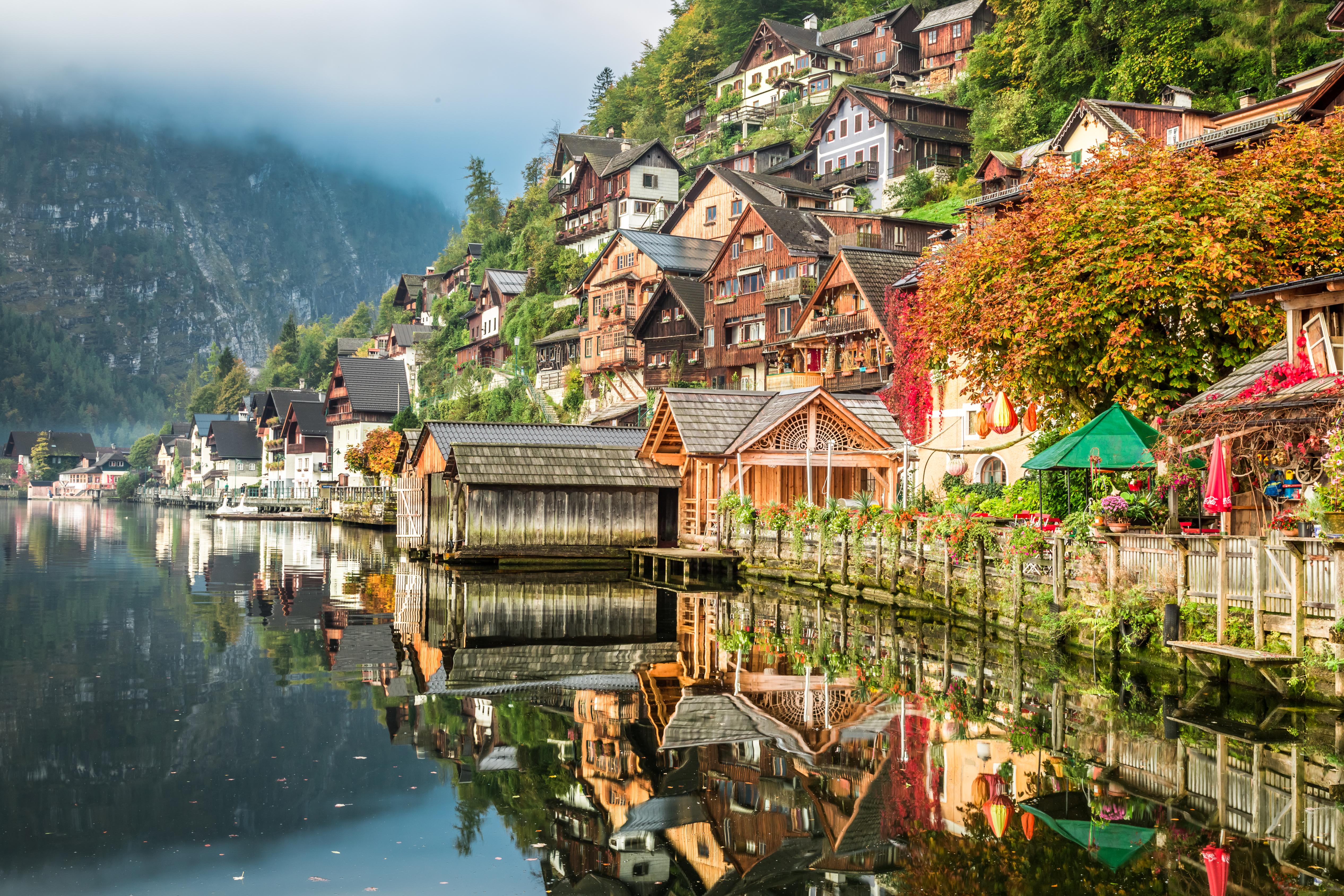
Nestled between the serene Hallstätter See and the towering Dachstein mountains, Hallstatt is a village that seems to have stepped out of a storybook. This UNESCO World Heritage site is renowned for its stunning natural beauty and its rich history, dating back to prehistoric times. Hallstatt's salt mines are among the oldest in the world, and the village's prosperity has always been tied to this "white gold." The charming wooden houses, flower-filled balconies, and narrow alleyways create a picturesque setting that draws visitors from around the globe. The village is also a gateway to exploring the Dachstein Ice Caves and the Five Fingers viewing platform, offering breathtaking views of the surrounding Alps. Hallstatt's unique blend of natural and cultural heritage makes it a must-visit destination for those seeking a fairytale adventure.
6. Meteora, Greece: Monasteries in the Sky
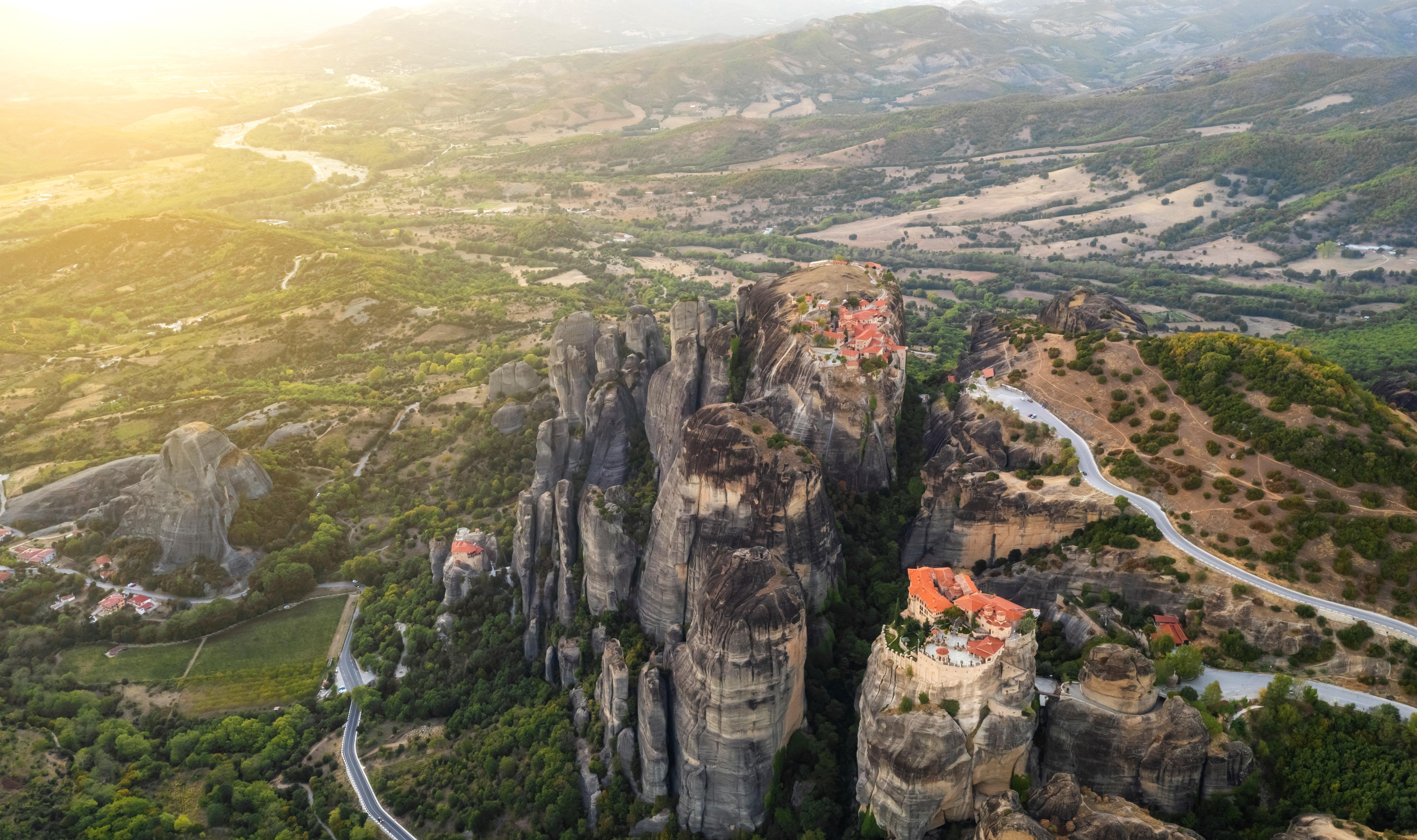
Rising majestically from the Thessalian plains, the rock formations of Meteora are a natural wonder that has inspired awe for centuries. Perched atop these towering pillars are the monasteries of Meteora, built by hermit monks seeking solitude and spiritual enlightenment. The monasteries, which date back to the 14th century, are architectural marvels, seemingly defying gravity as they cling to the sheer cliffs. Of the original 24 monasteries, six remain active and open to visitors, offering a glimpse into the monastic life and the breathtaking views of the surrounding landscape. The journey to Meteora is as spiritual as it is physical, with the winding paths and steep staircases leading to a place where heaven and earth seem to meet. The monasteries, with their frescoes and relics, offer a unique insight into the Byzantine art and the enduring legacy of the Orthodox faith.
7. Chefchaouen, Morocco: The Blue Pearl of the Rif Mountains
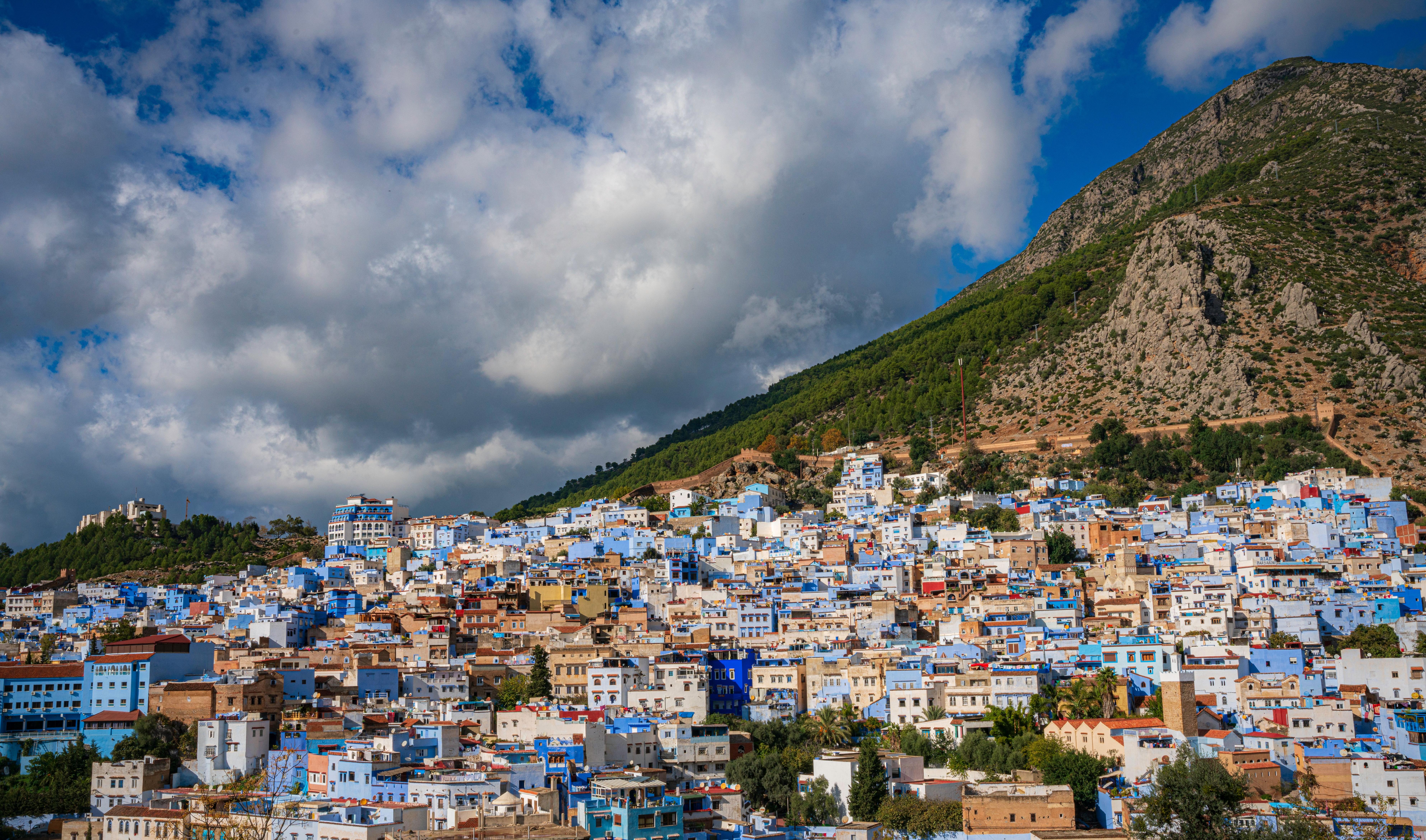
Tucked away in the Rif Mountains of northern Morocco, Chefchaouen is a city that captivates with its striking blue-washed buildings and its serene mountain setting. Known as the "Blue Pearl," Chefchaouen's distinctive color palette is said to have been introduced by Jewish refugees in the 1930s, who believed that painting buildings blue would remind them of the sky and bring them closer to God. The city's narrow, winding streets are a delight to explore, with vibrant markets, traditional crafts, and welcoming locals. Beyond its beauty, Chefchaouen offers a rich cultural experience, with its unique blend of Berber, Arab, and Andalusian influences. Visitors can explore the historic medina, the ancient kasbah, and the nearby Talassemtane National Park, offering stunning hikes and the chance to discover the natural beauty of the Rif Mountains.
8. Aït Benhaddou, Morocco: A Fortress of Clay
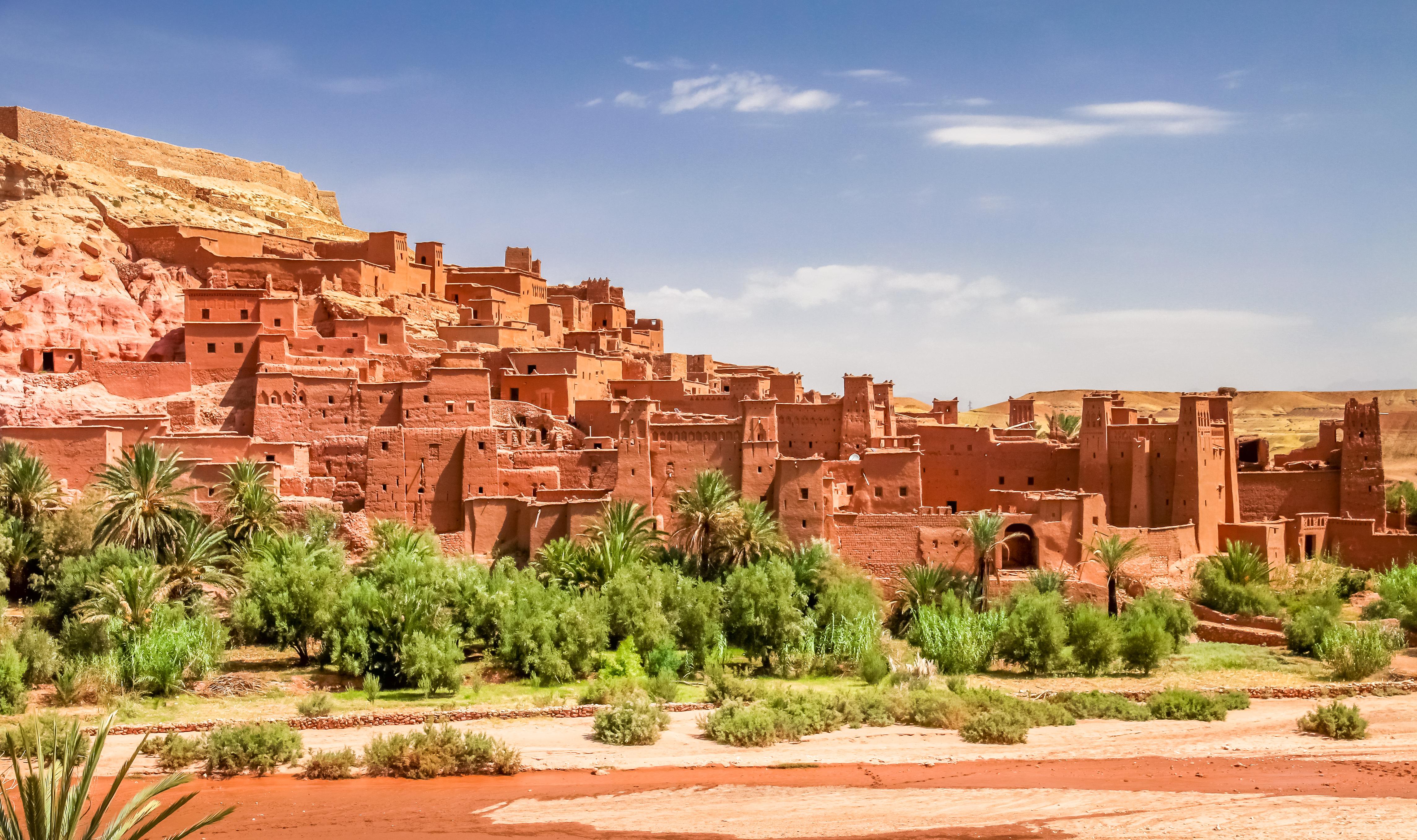
Aït Benhaddou is a ksar, or fortified village, located along the former caravan route between the Sahara and Marrakech. This UNESCO World Heritage site is a stunning example of traditional earthen architecture, with its red clay buildings blending seamlessly into the arid landscape. Aït Benhaddou has been a backdrop for numerous films, including "Gladiator" and "Game of Thrones," thanks to its dramatic setting and timeless beauty. The village's narrow alleys and towering kasbahs offer a glimpse into a bygone era, where life was shaped by the harsh desert environment and the constant threat of invasion. Visitors can explore the ancient granaries, the mosque, and the caravanserai, each telling a story of trade, culture, and survival. Aït Benhaddou is a place where history comes alive, offering a unique insight into the rich heritage of Morocco.
9. Manarola, Italy: A Cinque Terre Gem
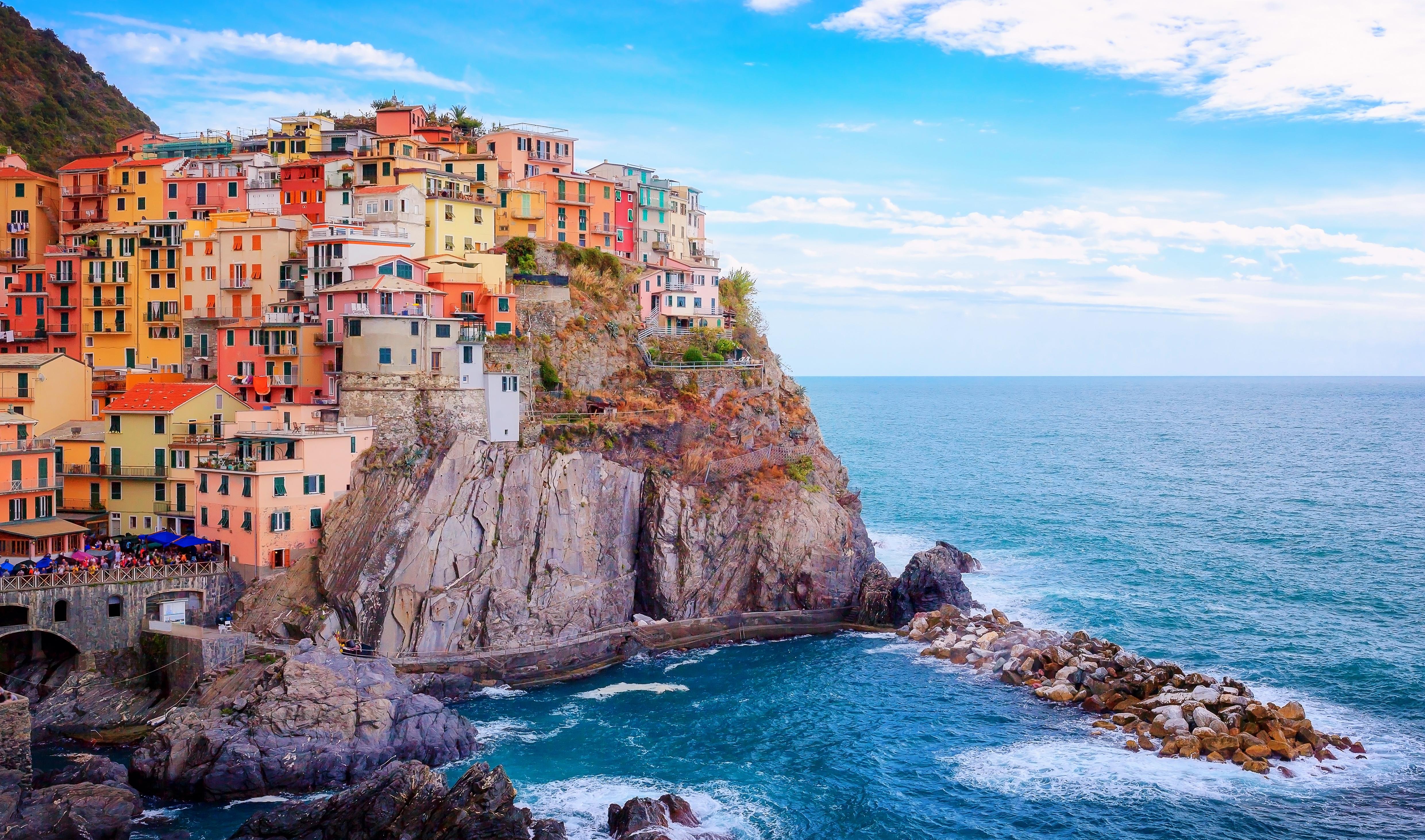
Manarola is one of the five villages that make up Italy's famed Cinque Terre, a UNESCO World Heritage site known for its stunning coastal beauty and its colorful, cliffside villages. Manarola is the oldest of the five villages, with its origins dating back to Roman times. The village is a maze of narrow streets and brightly colored houses that seem to cling precariously to the cliffs above the Ligurian Sea. Manarola is renowned for its wine, particularly the sweet Sciacchetrà, which has been produced here for centuries. Visitors can explore the village's historic church, the Sanctuary of Nostra Signora della Salute, or take a hike along the Via dell'Amore, a scenic path offering breathtaking views of the coastline. Manarola is a place where the beauty of the natural world and the charm of Italian culture come together in perfect harmony.
10. Bandiagara Escarpment, Mali: A Cultural Landscape
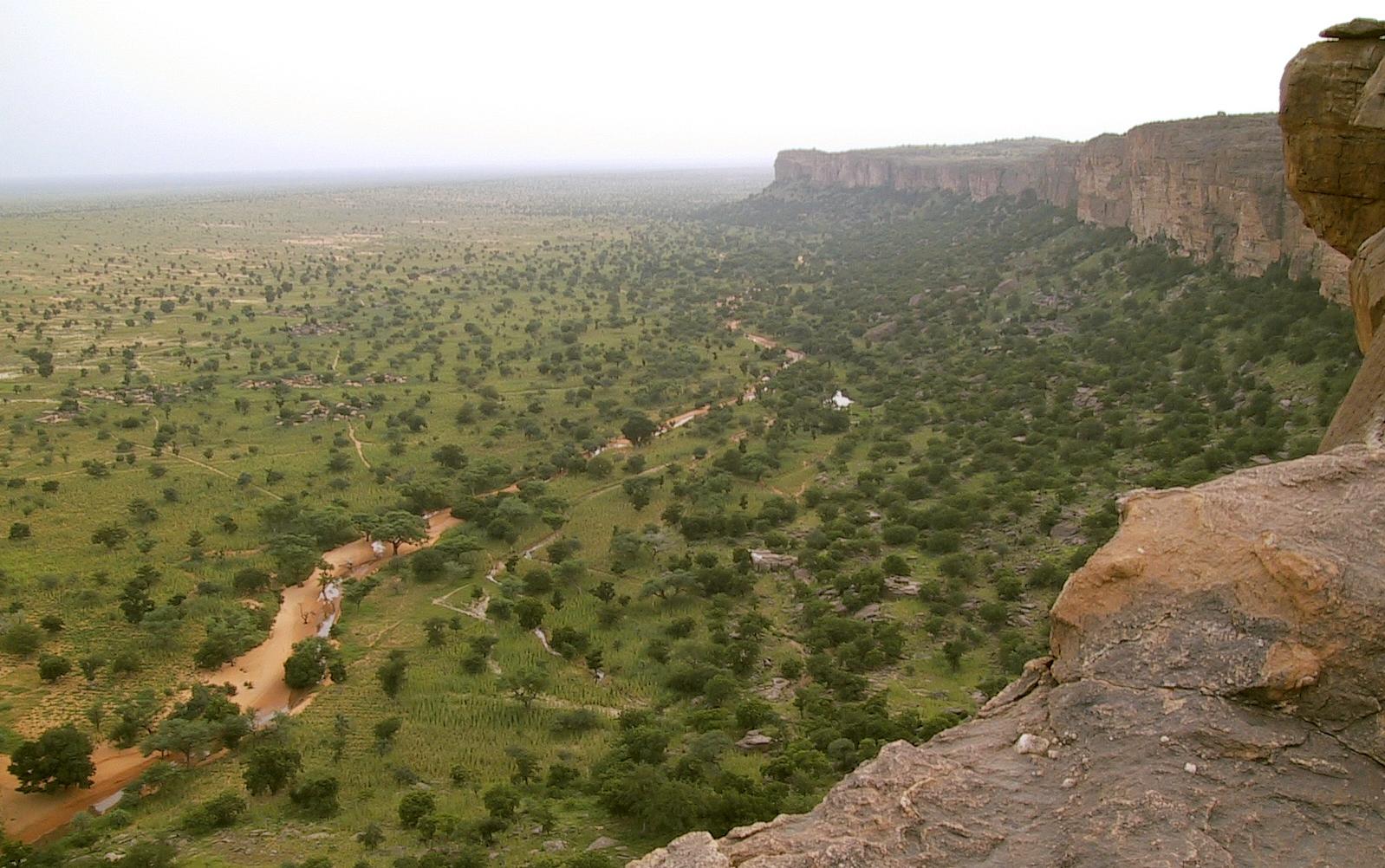
The Bandiagara Escarpment is a geological and cultural wonder located in the West African country of Mali. This sandstone cliff rises dramatically from the Sahel plains, stretching for over 150 kilometers and reaching heights of up to 500 meters. The escarpment is home to the Dogon people, who have lived in this region for centuries, creating a unique cultural landscape that is recognized as a UNESCO World Heritage site. The Dogon have built their villages into the cliffs, using the natural rock formations as part of their architecture. These villages are a testament to the Dogon's ingenuity and resilience, with their granaries, houses, and spiritual sites blending seamlessly into the landscape. Visitors to the Bandiagara Escarpment can explore the Dogon villages, learn about their rich cultural traditions, and marvel at the stunning natural beauty of the region.
11. Al Hajar Mountains, Oman: The Grand Canyon of Arabia
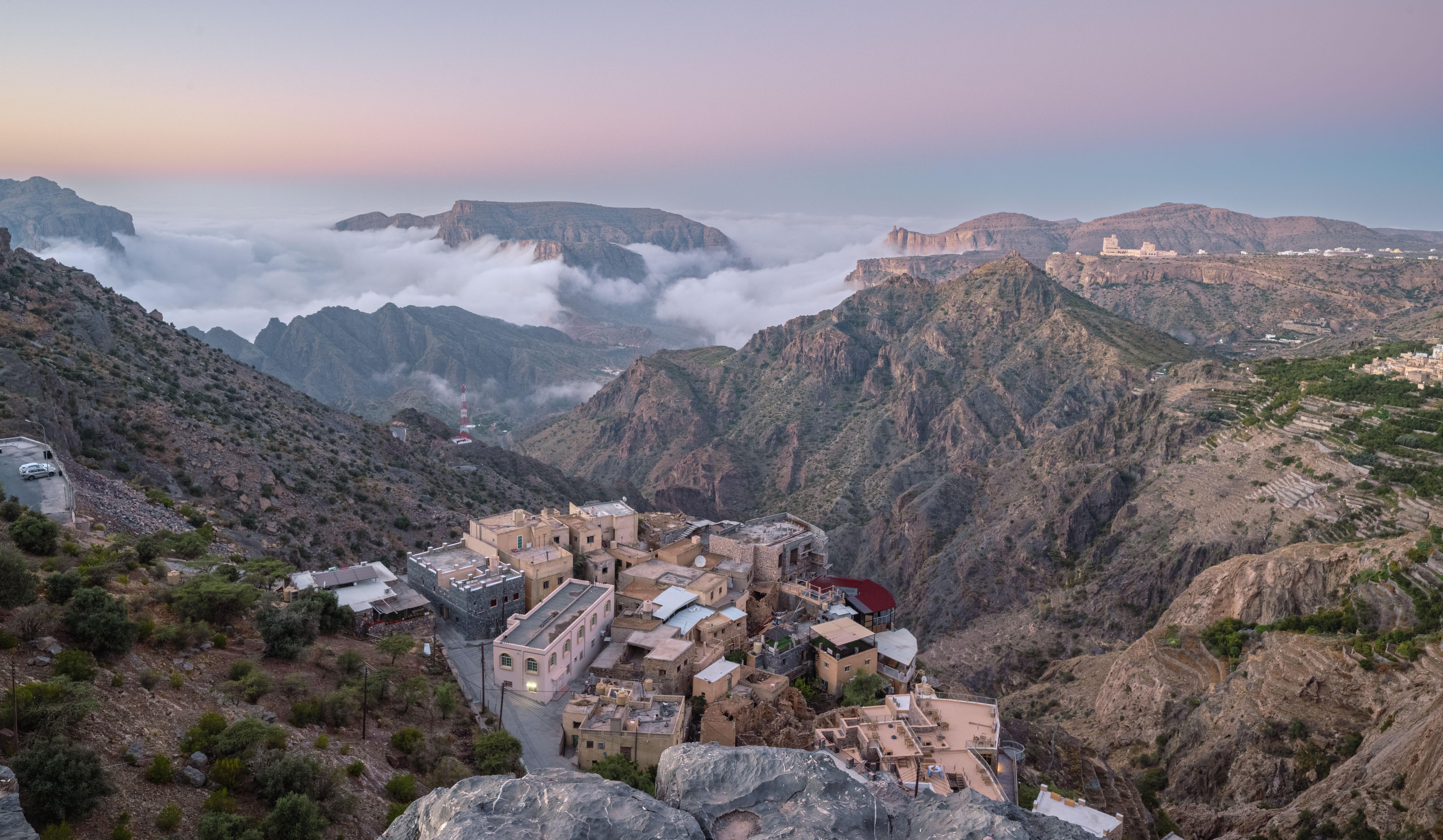
The Al Hajar Mountains are a rugged and remote range in northeastern Oman, known for their dramatic landscapes and ancient history. This region is often referred to as the "Grand Canyon of Arabia," with its deep canyons, towering peaks, and terraced villages. The mountains are home to some of the oldest human settlements in the Arabian Peninsula, with evidence of habitation dating back over 5,000 years. The villages of the Al Hajar Mountains are a testament to the ingenuity of their inhabitants, who have carved their homes into the cliffs and cultivated terraced fields on the steep slopes. Visitors to the region can explore the ancient forts, the traditional markets, and the stunning landscapes, offering a glimpse into the rich history and culture of Oman. The Al Hajar Mountains are a place where the past and present come together, offering a unique and unforgettable adventure.
12. The Rock-Hewn Churches of Lalibela, Ethiopia: A Spiritual Journey
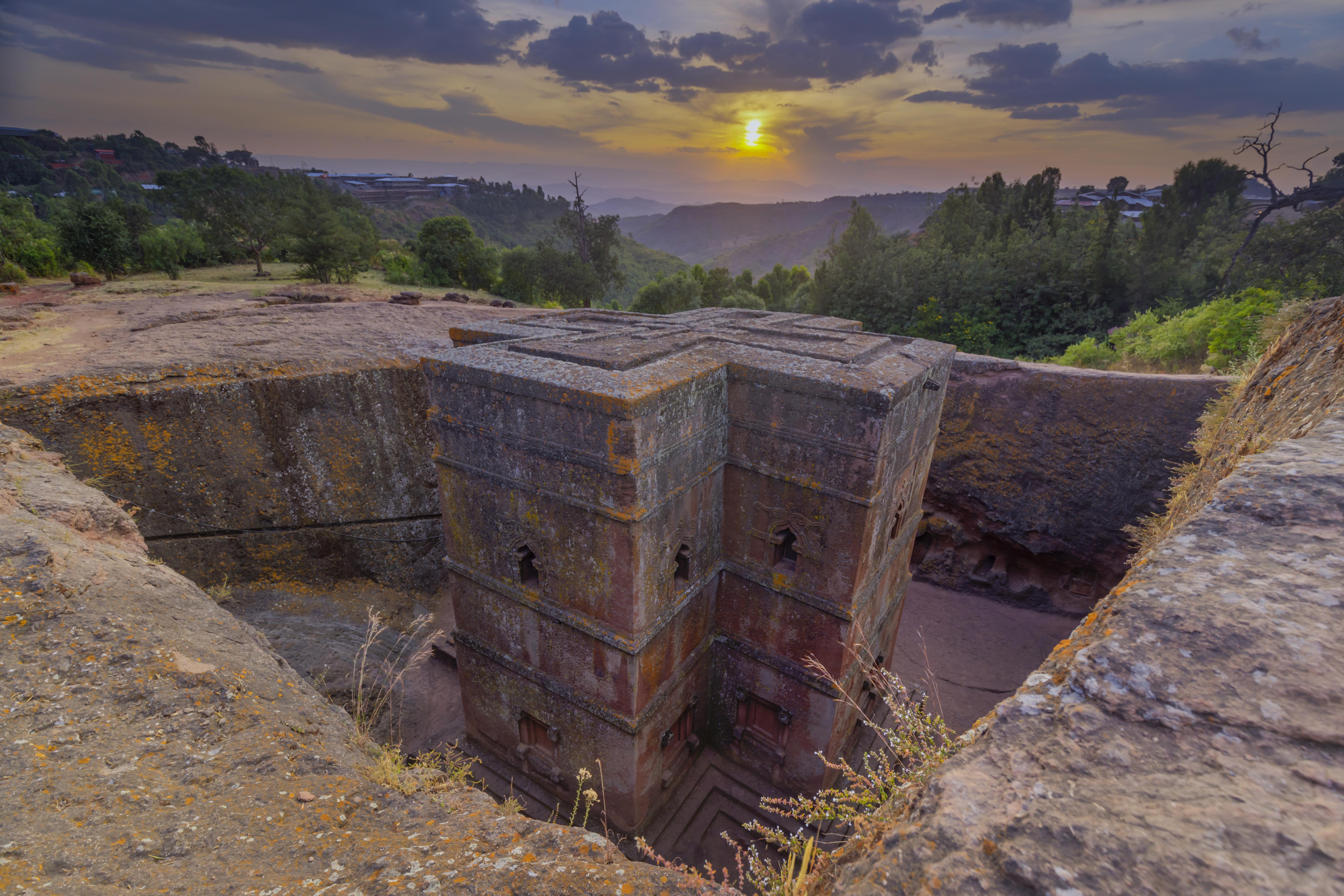
Lalibela is a town in northern Ethiopia known for its extraordinary rock-hewn churches, carved directly into the rugged mountainside. These churches, dating back to the 12th century, are a testament to the artistry and devotion of the Ethiopian Orthodox Church. Each church is unique, with intricate carvings, frescoes, and religious symbols adorning the walls and ceilings. The most famous of these is the Church of St. George, shaped like a Greek cross and carved entirely from a single block of stone. Lalibela is a place of pilgrimage, drawing visitors from around the world who come to marvel at the architectural wonders and experience the spiritual atmosphere. The town's remote location and stunning natural beauty add to its allure, offering a journey that is as much about the soul as it is about the senses.
13. Bhutan: The Kingdom in the Clouds
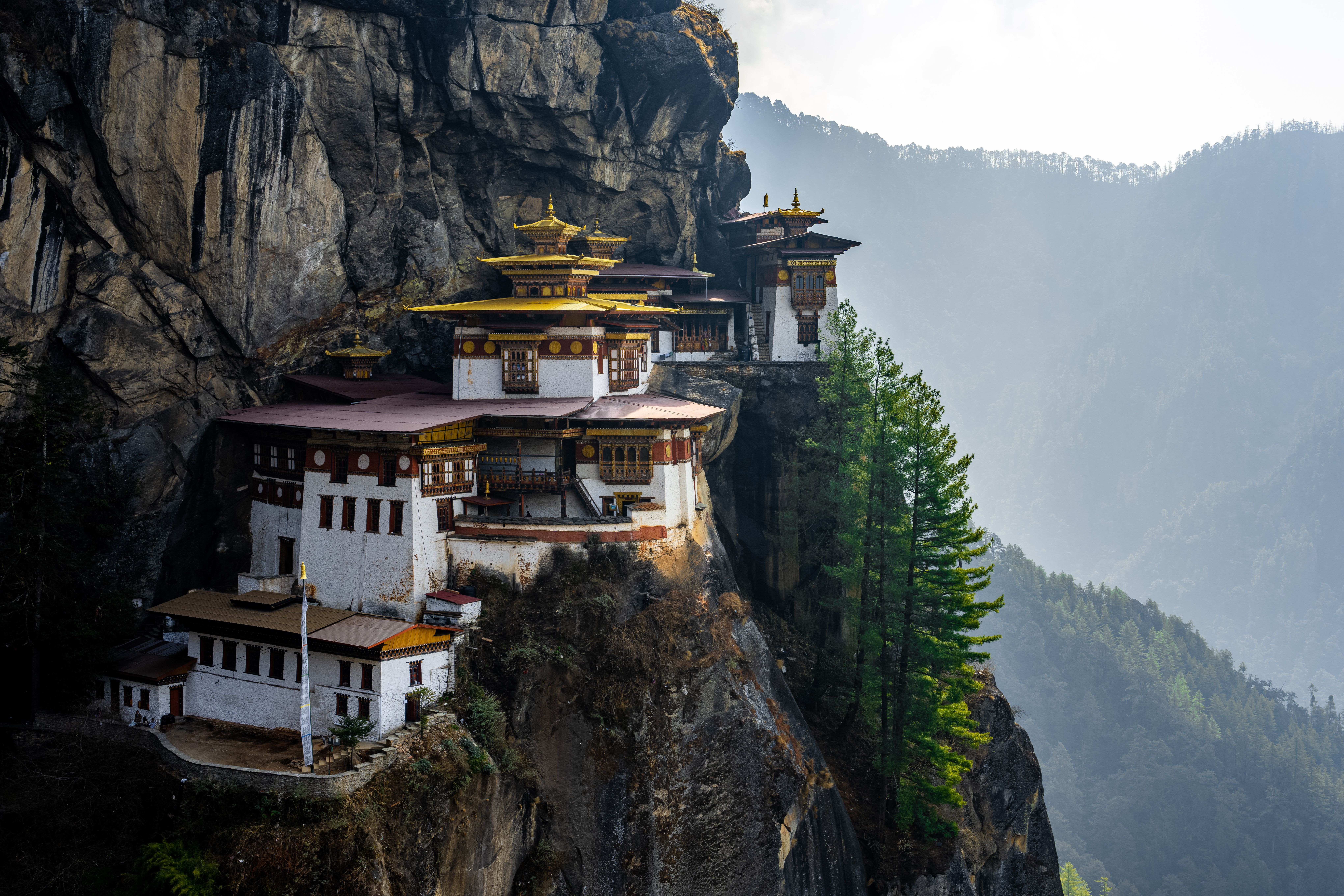
Bhutan is a small, landlocked country nestled in the eastern Himalayas, known for its stunning landscapes and its unique approach to development, which prioritizes Gross National Happiness over economic growth. The kingdom's cliffside monasteries and fortresses, known as dzongs, are architectural marvels that reflect Bhutan's rich cultural heritage and its deep spiritual roots. The most famous of these is the Tiger's Nest Monastery, perched on a cliff 900 meters above the Paro Valley. This sacred site is a place of pilgrimage for Buddhists and offers breathtaking views of the surrounding mountains. Bhutan's commitment to preserving its natural environment and cultural traditions makes it a unique destination, offering visitors a chance to experience a way of life that is in harmony with nature. From the vibrant festivals to the serene landscapes, Bhutan is a place where every moment is a reminder of the beauty and wonder of the world.
14. The Hanging Temple, China: A Marvel of Ancient Engineering
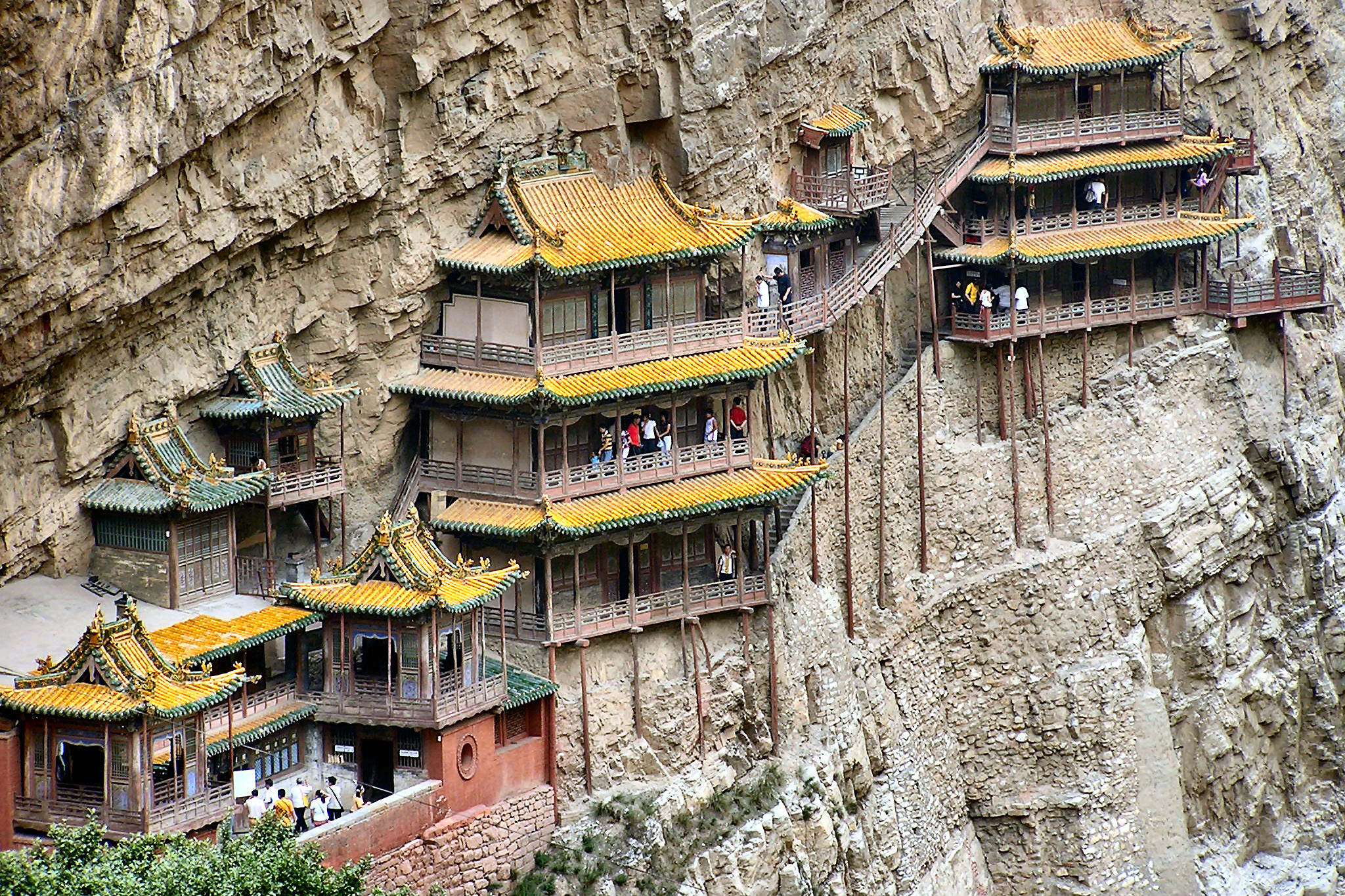
The Hanging Temple, or Xuankong Si, is a breathtaking architectural wonder located near Datong in China's Shanxi Province. Built over 1,500 years ago, this temple clings to the side of a sheer cliff, suspended more than 50 meters above the ground. The temple is dedicated to Buddhism, Taoism, and Confucianism, making it a unique symbol of religious harmony. The structure is supported by wooden beams inserted into holes chiseled into the cliff face, a testament to the ingenuity and skill of ancient Chinese engineers. Visitors to the Hanging Temple can explore its halls and pavilions, each offering stunning views of the surrounding landscape. The temple's remote location and its precarious perch add to its mystique, making it a must-visit destination for those seeking adventure and spiritual enlightenment.
The Enduring Legacy of Cliffside Cities
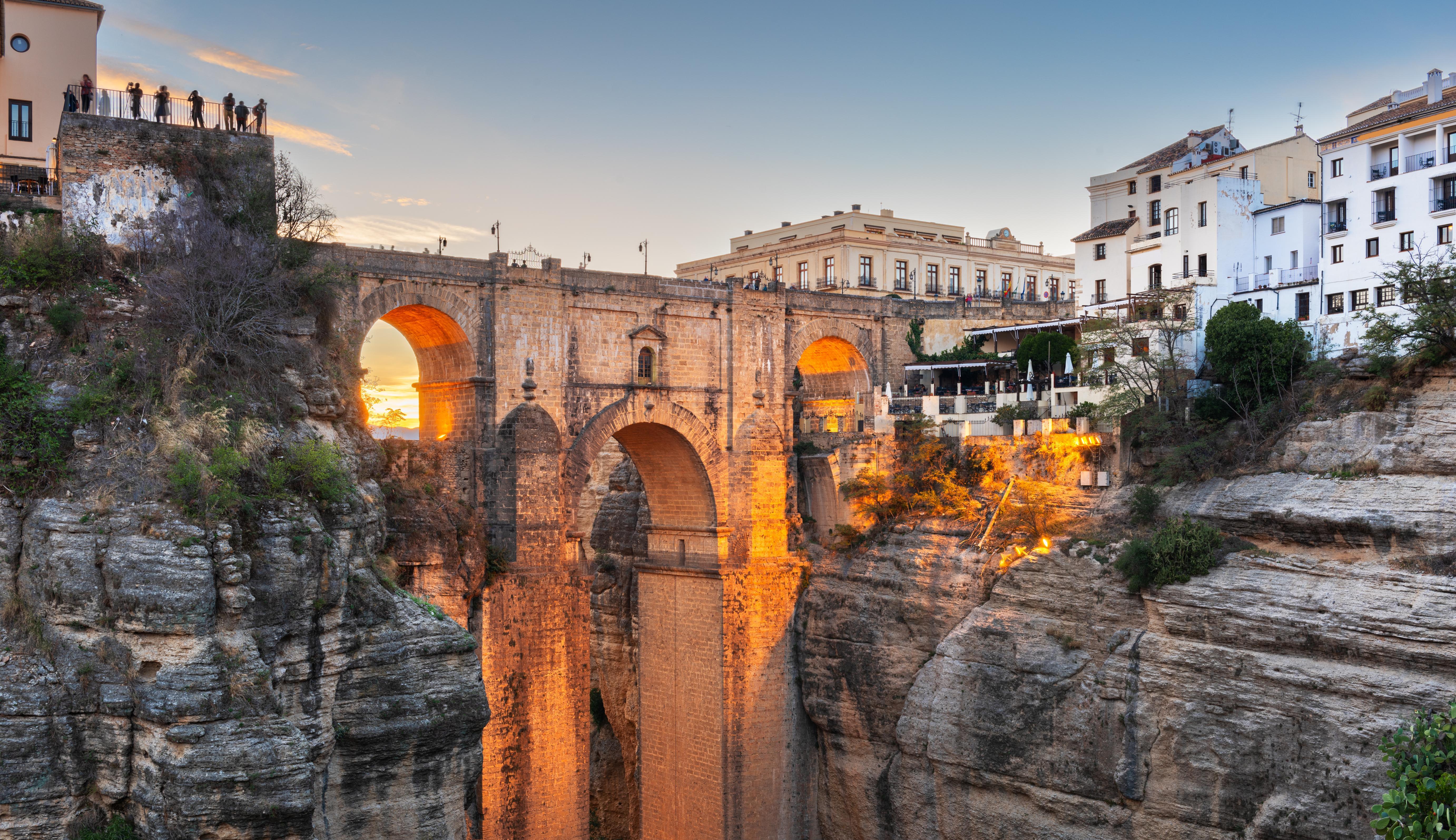
As our journey through these mesmerizing cliffside cities comes to an end, we are left with a deep appreciation for the ingenuity and resilience of the people who built them. These cities are more than just architectural marvels; they are living testaments to the human spirit and our ability to adapt and thrive in even the most challenging environments. From the ancient fortresses of Aït Benhaddou to the modern allure of Santorini, each city offers a unique blend of history, culture, and natural beauty. They remind us of the importance of preserving our cultural heritage and the need to protect the stunning landscapes that surround them. As we continue to explore and discover the wonders of our world, let us be inspired by the legacy of these cliffside cities and the breathtaking adventures they offer at every turn.

